White riot – I wanna riot / white riot – a riot of my own!
TextI just made it to LA, but my head is still full of the wines of Marlborough and the faces behind them. Nobody did more to revolutionize dry and sweet white winemaking for the aromatic varieties (not just Riesling and Gewürztraminer, but also Sauvignon Blanc) than Andrew Hedley of Framingham. In a way I’m amazed that his story hasn’t been told a thousand times over, but maybe the fact that he has to speak with the aid of a servox really has made him a less exciting figure for some of my colleagues? Look out for the wines of the ‘F’ series to see what they made a mistake overlooking him. All of them are f***ing amazing! The only down-side is that they’re limited editions, for example, there were just 406 half bottles of the 2014 Riesling TBA.
John Forrest of Forrest wines almost accidentally stumbled onto a winner with his medium-sweet Riesling The Doctors’, which is remarkably close to a Kabinett wine from the Mosel in type (enormous freshness, lightness and crispness). This is now an 85,000 bottle per year brand, and has spawned a handful of imitators; always a sign of mainstream commercial success. John very generously opened every single vintage of this wine going back to the inaugural 1996, and even that wine was still in great shape. The 2014 may be the best yet, so John Forrest isn’t leaning back.
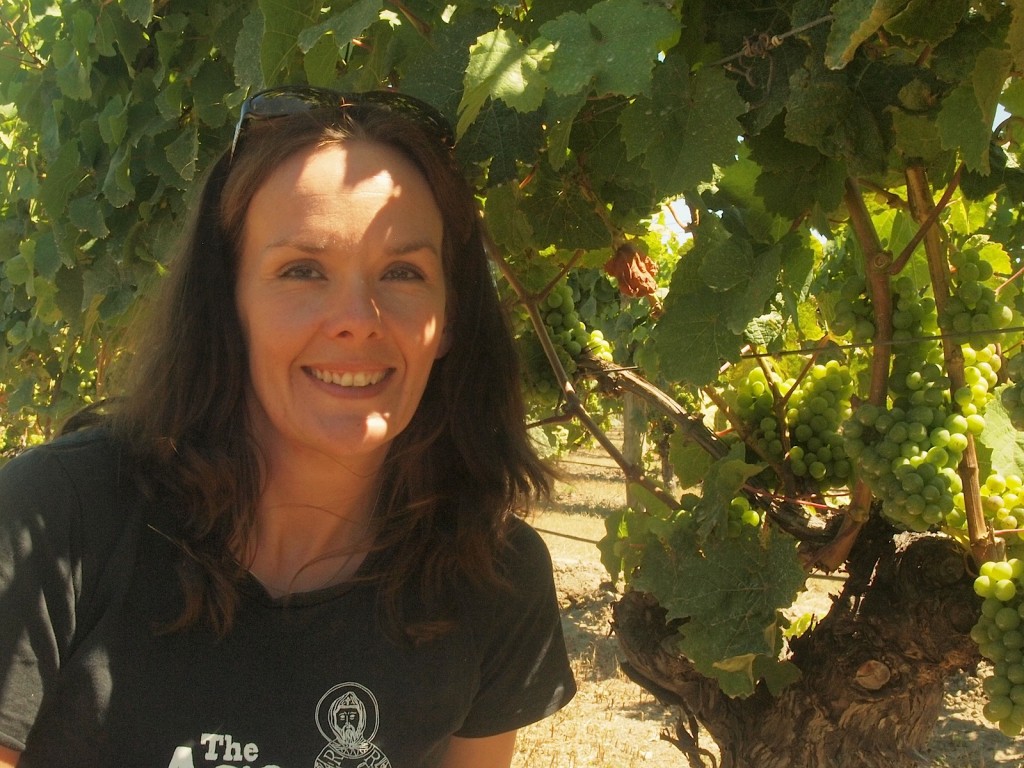 Normally I don’t go for the “standard” picture of the winegrower with her/his vines, but Anna Flowerday of Te Whare Ra (TWR) is pictured with her old Riesling vines planted back in 1979, which are also amongst Marlborough’s oldest vines period. Like all the TWR vines, they are in great shape and show what’s possible here with organic viticulture when the winegrower observes carefully what the natural conditions really are and how the vines actually respond them, as Jason and Anna do, rather than believing Rudolf Steiner’s (the “father” of biodynamics) idea were a recipe. By the way, Te Whare Ra was one of the wineries I visited on my first trip to Marlborough back in 1988. Today the focus is on dry wines, including an impressive dry Riesling from the pictured vines
Normally I don’t go for the “standard” picture of the winegrower with her/his vines, but Anna Flowerday of Te Whare Ra (TWR) is pictured with her old Riesling vines planted back in 1979, which are also amongst Marlborough’s oldest vines period. Like all the TWR vines, they are in great shape and show what’s possible here with organic viticulture when the winegrower observes carefully what the natural conditions really are and how the vines actually respond them, as Jason and Anna do, rather than believing Rudolf Steiner’s (the “father” of biodynamics) idea were a recipe. By the way, Te Whare Ra was one of the wineries I visited on my first trip to Marlborough back in 1988. Today the focus is on dry wines, including an impressive dry Riesling from the pictured vines
This is one of the more unusual “faces” of Marlborough winemaker and was spotted in the cellars of Nautilus. For a winery of this style – total production is pushing 1.5 million bottles per year – winemaker and general manager Clive Jones proves that quantity is not incompatible with quality in this region. I particularly liked his Pinot Noirs and he also had the only successful Grüner Veltliner I encountered, a fashionable grape that is very fickle in this “pseudo-Mediterranean climate”, as one leading winemaker called it.
Part of Marlborough’s strength comes from its multi-cultural mix, although this is something that doesn’t hit you in the face when you arrive. For example, Paul Bourgeois, the winemaker of Spy Valley is definitely a Kiwi, but, of course, that name is extremely French (for example, Henri Bourgeois makes some of the best Sancerre in the Loire). Whether this has something to do with the fact that Paul’s success with Gewürztraminer and Pinot Gris, both of which he makes in an Alsace inspired style is hard to say, but those (usually off-dry) wines are wonderfully rich and aromatic without ever being loud.
Seresin Estate is definitely the most famous bio-dynamic producer in Marlborough and with good reason. The team here has developed a range of alternative range wine styles – everything from powerful Pinot Noir reds, through medium-dry Riesling to dry Sauvignon bland – and mastered the often demanding technicalities of producing them without the kind of faults (oxidation and microbial issues) that afflict some producers working in this field. I thought that the way assistant winemaker Richard Gabrielsson chose to be photograph fitted this approach and his engaging personality perfectly. By the way, that skateboard he’s on was made from the wooden staves of an old Barrique!
And before this blog posting degenerates into a Marlborough family photo album it’s time to wrap it!

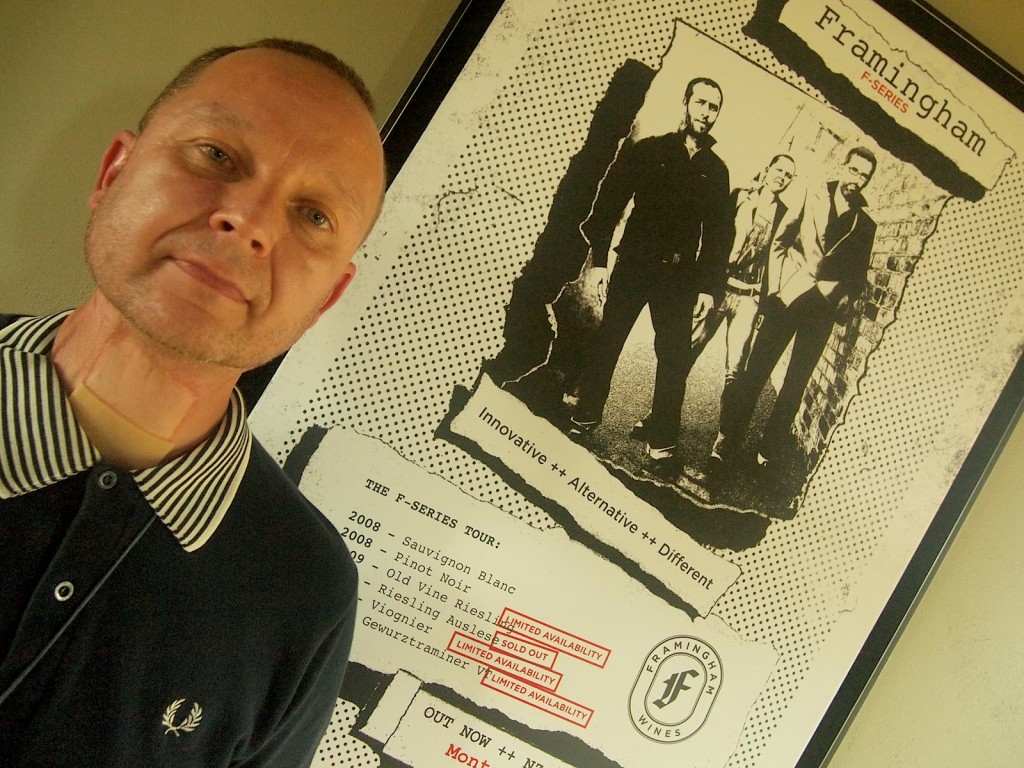
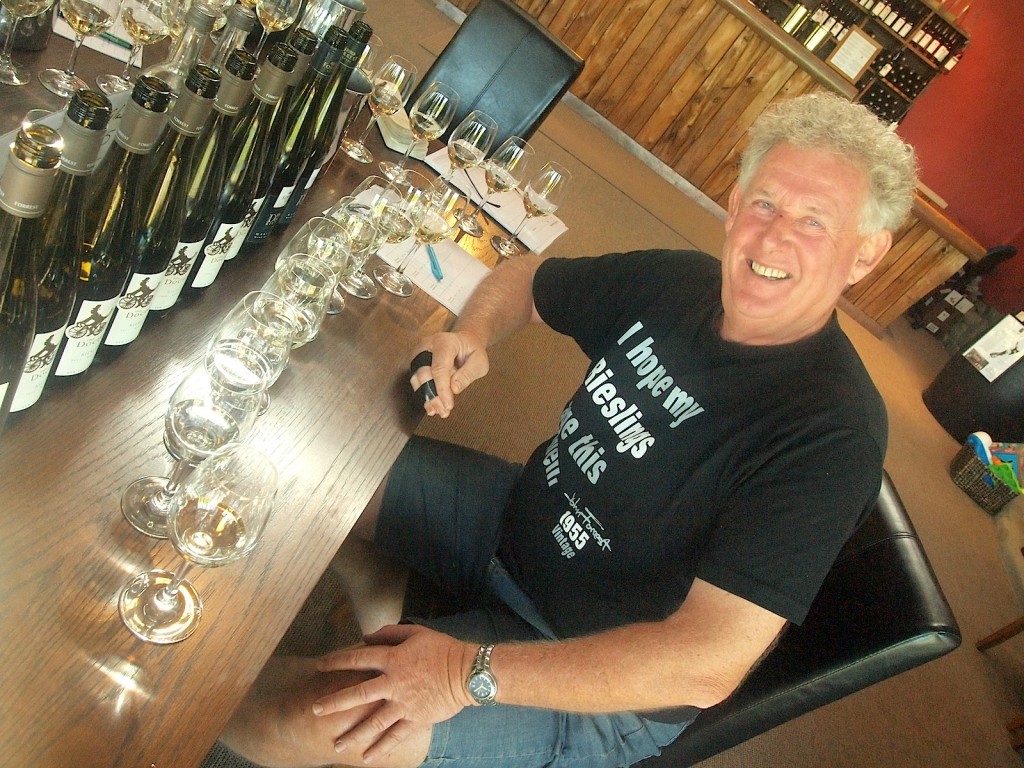
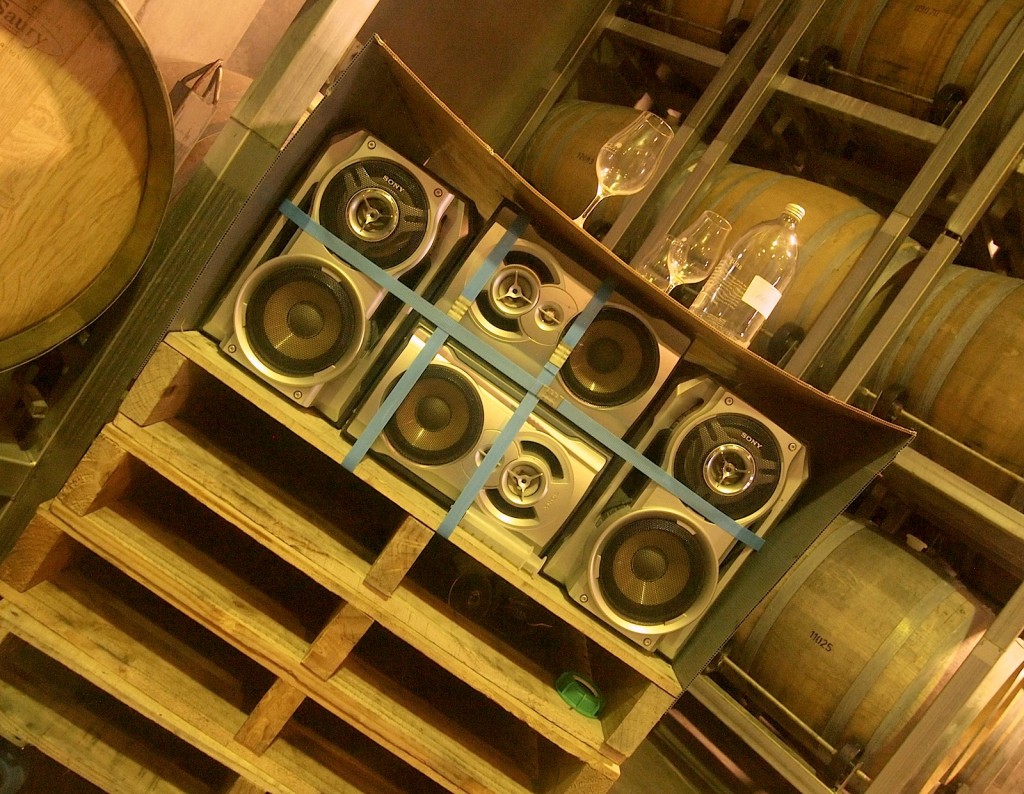
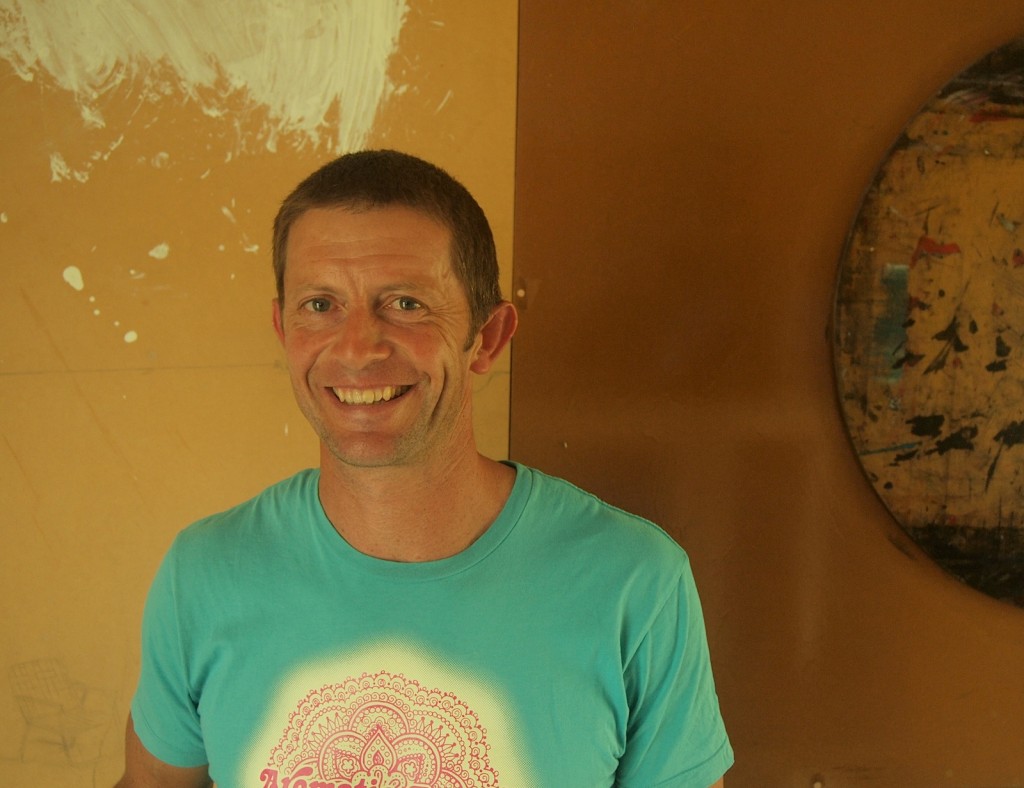
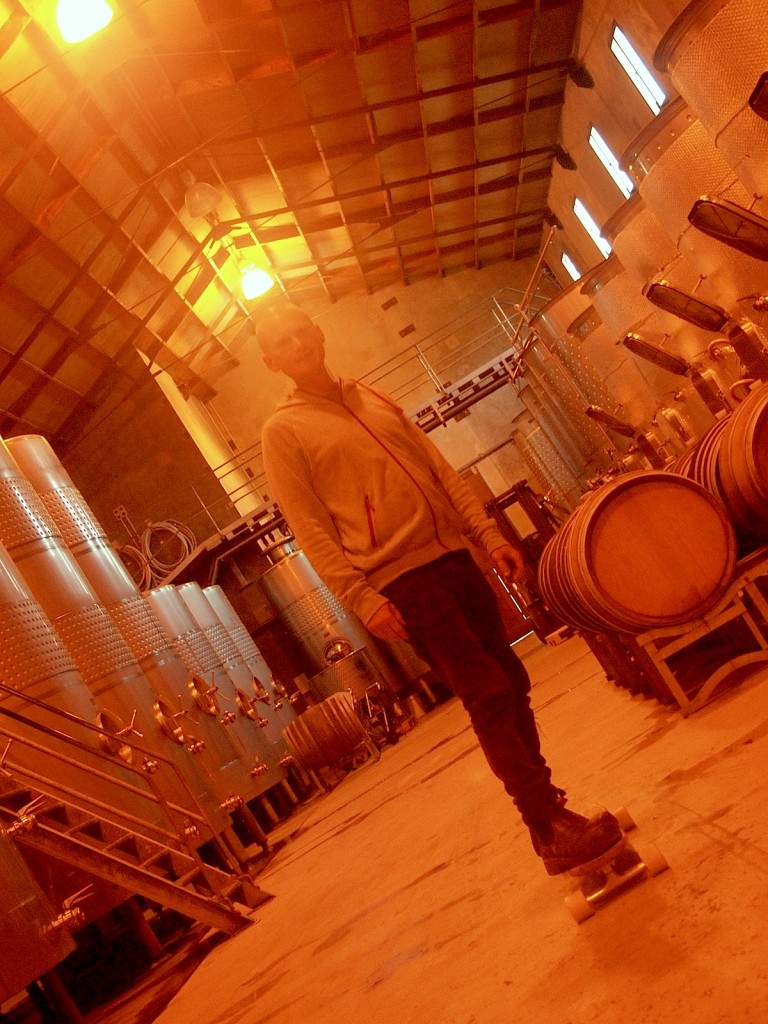
![120114_riesling_global_RZ [1600x1200]](http://www.stuartpigott.de/wp-content/uploads/2015/02/120114_riesling_global_RZ-1600x12008.jpg)